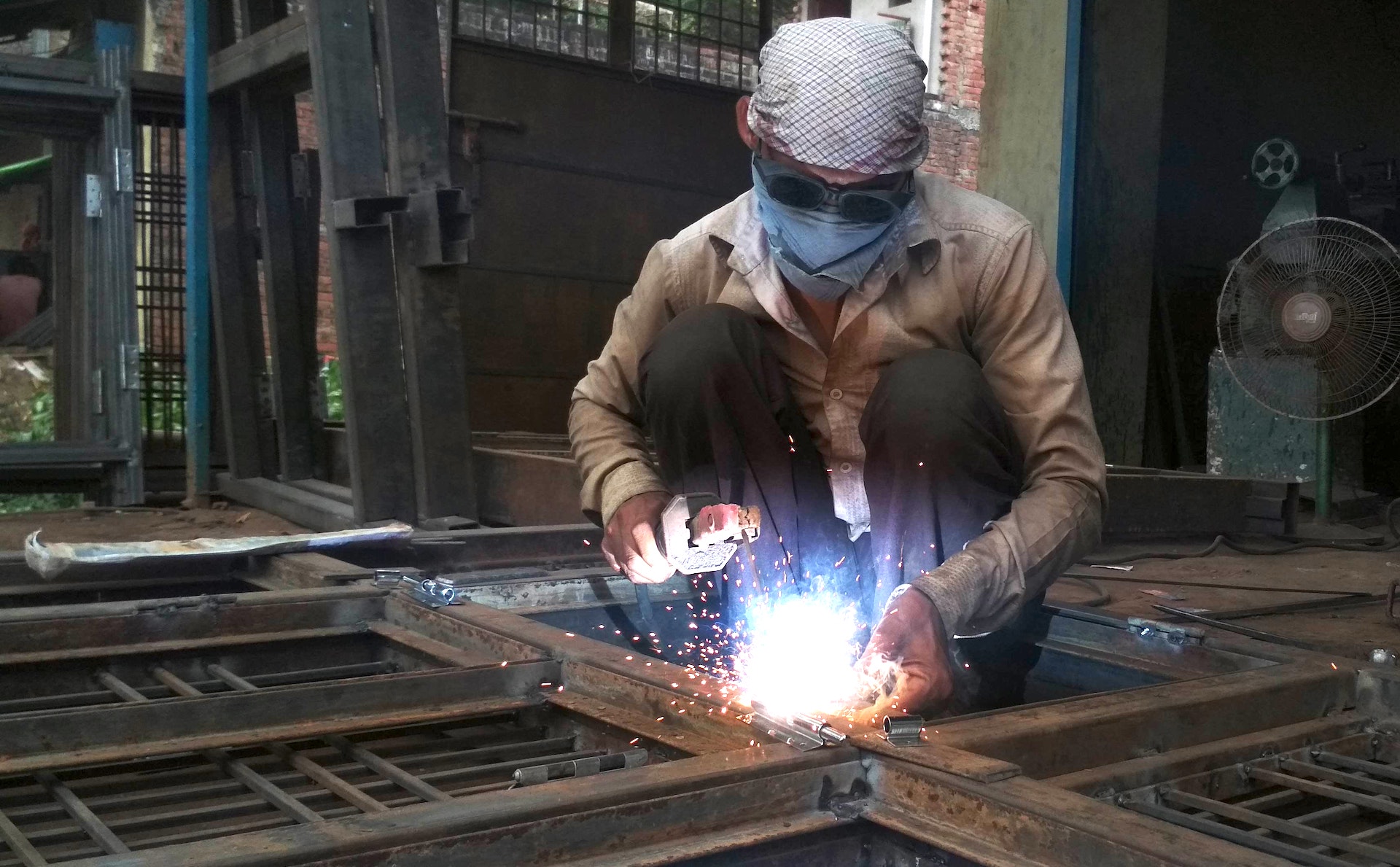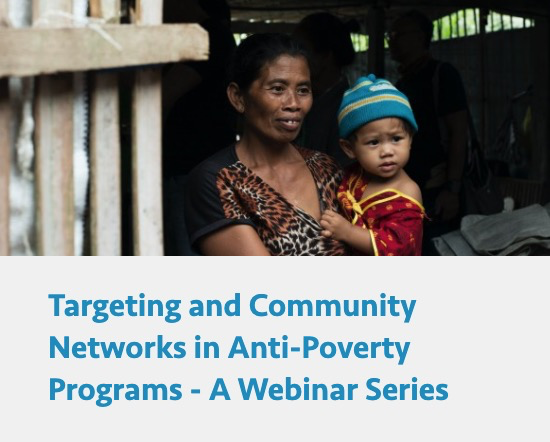Violent Conflicts and Economic Performance of the Manufacturing Sector in India
SHARE THIS

| Atsushi Kato (Waseda University) | |
| Tuesday 17 November 2020 at 11:00 am (Hong Kong time, GMT +8) | |
|
Zoom (click to register) |
We investigate the effects of internal violent conflicts on the economic performance of manufacturing sector of Indian regional states. We examine the impacts of three different measures of violent conflicts on three different measures of economic performance of manufacturing sector. We conduct instrumental variable two-stage least squares estimation on a dataset for twenty-two Indian subnational states for the period from 1973 to 2004. We obtain the statistical evidence that the number of violent conflicts, the number of deaths and the number of participants in violent conflicts all have negative impacts on gross value added per worker and capital labor ratio of manufacturing sector, though they do not affect total factor productivity. Furthermore, we classify internal violent conflicts by background social cleavage, and by the nesting relationship among violent conflicts, and we find that ethnic and religious conflicts, as well as those nested in a large conflict have significantly negative impacts.
This paper is co-authored with Prof. Takahiro Sato, Research Institute for Economics & Business Administration, Kobe University.
The presentation slides used at the event can be viewed here.
About the Speaker
Atsushi Kato is a Professor of the Graduate School of Asia Pacific Studies at Waseda University, Tokyo, Japan. He obtained Ph.D. (Economics) in 1996 at the University of Michigan, Ann Arbor. His research interest is political economy of economic development, and in particular, the effects of property right protection, corruption and competition on economic performance. He has published articles in Journal of Development Studies, Economics of Governance, Journal of Asian Economics, Energy Policy and others. He was a visiting scholar at the Institute of Economic Growth in India from 2004 to 2005.
To Attend the Event
The event will take place on 17 November 2020 Tuesday at 11:00 am HKT (GMT+). See corresponding times for different times zones).
The event will be held online via Zoom. *****SIGN UP HERE***** Zoom will send you a confirmation email right away upon registration with a unique link to join the webinar. Reminder emails will also be sent 1 day and again 1 hour in advance of the event. Please check your spam box if you cannot find them in the inbox.
Also, see here for advice from the university's IT office on Zoom best practices for attendees.
House Rules
- We would like the webinar to be interactive. Attendees will be promoted to "panelists" to allow interaction with the speaker over camera and mic. Please join with both audio and video available whenever possible.
- It is advised to mute yourself when you are not speaking. This prevents any distractions due to background noise.
- The chat function will be on, but the speaker may not see your chat message. Please consider raising your hand (blue hand button) or unmuting yourself to ask a question.
- This talk will be recorded for internal use only.
The next webinar in the series
|
1 December 11:00am |
Guo Xu | University of California, Berkeley | Bureaucratic Representation and State Responsiveness: The 1918 Pandemic in India |
This webinar is part of a series of Zoom events that explores issues in growth and development in India. The series' academic committee consists of Takashi Kurosaki (Hitotsubashi Institute for Advanced Study), Pushkar Maitra (Monash University and Sujata Visaria (Hong Kong University of Science and Technology) .
Our next webinar series
Get updates from HKUST IEMS







